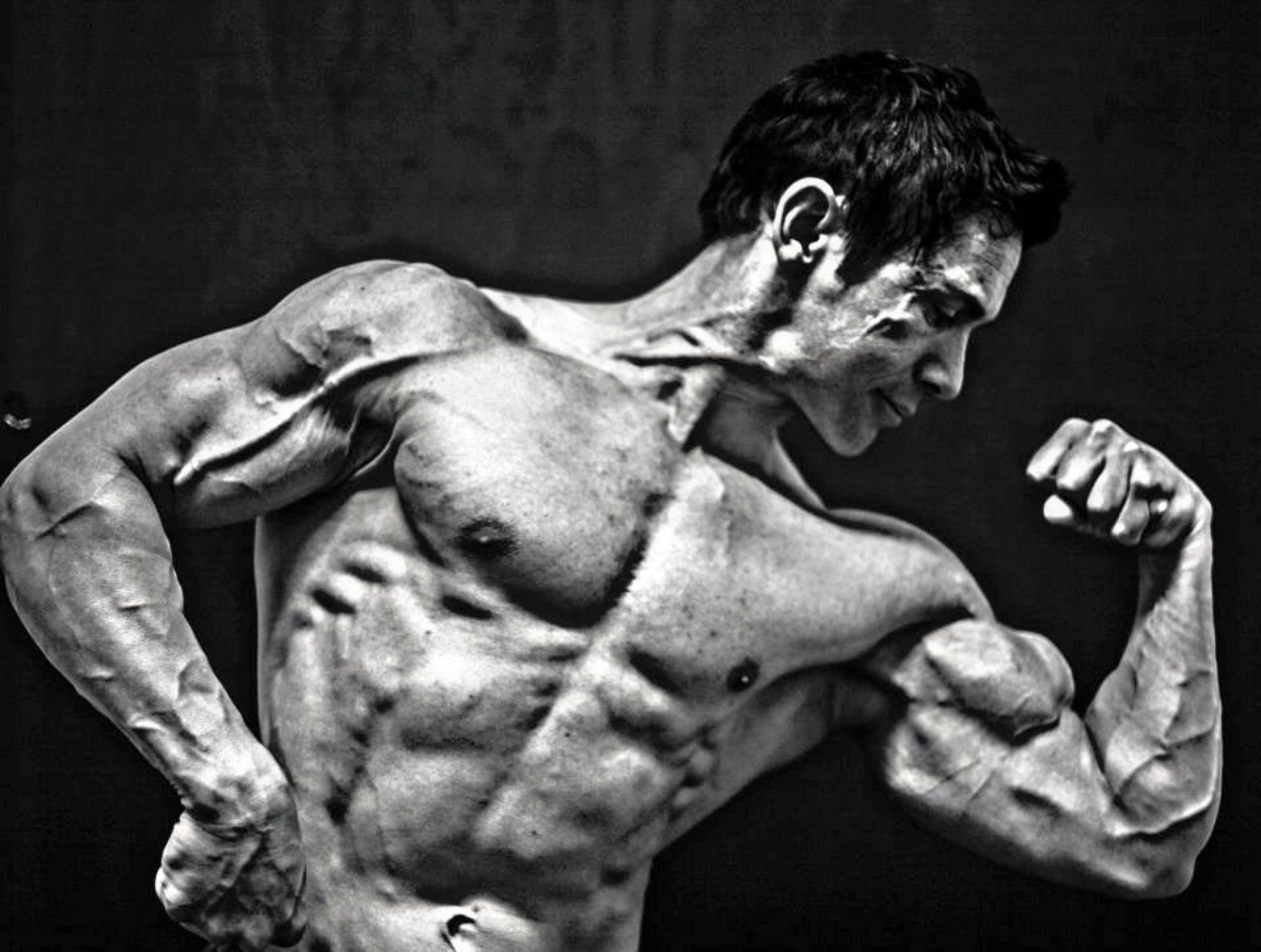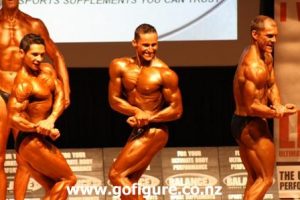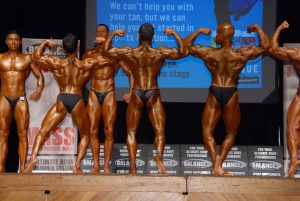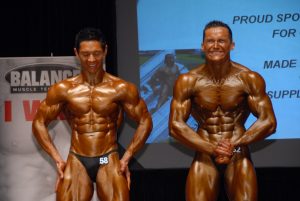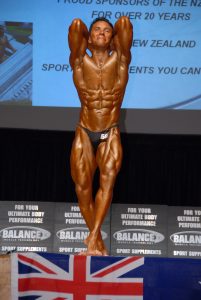
Not every one wants to be a bodybuilder; however, getting lean, putting on muscle and improving health can be achieved by anyone if they follow some basic ideas. If you are trying to lose weight, look good on the beach, or just add a little muscle to help your performance in sport these ideas can help you can get there!
Perform cardio to get metabolism going.
When somebody first gets into training I recommend some low intensity aerobic exercise (walking 20-40 minutes 3-4 times a week) to supplement their weight training workouts. This will help to improve the efficiency of your aerobic/cardiovascular system (heart, lungs etc). Once you begin to get fitter I advise against going any harder and longer but to ………..
…...Increase the intensity of your weight workouts.
If you have read any of my articles you will know I believe in minimal rest and methods to extend sets through a number of different techniques. These are demanding, but short, fun and motivating. Often people have little time left after work, family, and other responsibilities. To give you an idea- I train 4 x every 8 days for 20-30 minutes at a time. That equates to less than 2 hrs a week! Increased intensity will raise your metabolism and keep it raised long after the training has finished (Just like High Intensity Interval Training will do). Also, the extra muscle mass you will gain will mean your metabolism will be even higher.
Eating right for your body type.
If you struggle to lose weight you will need to eat small frequent meals which will “stoke the furnace”. Meals should involve protein, fats and carbs. There are a lot of ideas out there on diet. What works for one person does not necessarily work for another. However, if you increase your protein intake through eating lean cuts of meat as well as supplementing with a high quality whey protein product you will have less hunger pangs, recover better, build more muscle and lose more body fat. Dropping simple carbs from your diet (not fruit) like sugar will help your insulin levels remain more stable & decrease the chance of fat storage. Incorporating more vegetables provides fibre and minerals as well as filling you up with minimum calorie consumption. Essential fatty acids (Omega 3) like fish oil and flax oil are great for balancing the Omega 6 we get from other fat sources. I believe in fish oil as an effective tool to help burn body fat. If you are interested in learning more about individualised eating programmes that suit your body type: The blood type and genotype diets are good reads. (Read other ideas on diet in article; staying in shape year round”.)
Try to remain stress free
This means, getting adequate sleep (at least 7-9hrs) a night. Also try to have breaks through the day (even for 5 minutes) to relax (take some deep breathes). This will keep cortisol levels in check. Excessive cortisol in the body has been linked with increased body fat around the midsection- so keep calm!
Bringing it all together!
You could have the best training routine in the world but if the rest of your life is a shambles then you will definitely not gain the results you deserve. High quality supplements like whey protein, glutamine, creatine, nitric oxide supplements and fish oil (to name a few) are great to accelerate progress, but they are only one part of the picture when trying to enhance your training, diet and health. You must be committed to a healthier lifestyle on a consistent basis. How many times have you seen people buy all the latest supplements yet they still smoke and get drunk on a regular basis? If you are serious about trying to lose weight, add a little muscle and become healthier give these ideas a try: You will definitely be a better, leaner and healthier you this summer!
